Focus on Safety and Compliance Standards
In the Laboratory Centrifuge Market, there is an increasing emphasis on safety and compliance with regulatory standards. Laboratories are required to adhere to stringent safety protocols to ensure the well-being of personnel and the integrity of samples. This focus on safety is driving the demand for centrifuges equipped with advanced safety features, such as automatic lid locking mechanisms and imbalance detection systems. Compliance with international standards, such as ISO and FDA regulations, is also influencing purchasing decisions. As laboratories strive to maintain high safety standards, the market for centrifuges that meet these requirements is expected to expand. This trend is likely to result in a shift towards more sophisticated models that prioritize user safety while maintaining operational efficiency.
Increased Demand in Biotechnology Sector
The Laboratory Centrifuge Market is witnessing a surge in demand driven by the expanding biotechnology sector. As biopharmaceutical companies and research institutions increasingly focus on drug development and genetic research, the need for reliable and efficient centrifugation processes becomes paramount. The biotechnology sector is projected to grow significantly, with estimates suggesting a CAGR of around 7% in the coming years. This growth is likely to propel the demand for laboratory centrifuges, as they are essential for various applications, including cell separation, protein purification, and nucleic acid extraction. Consequently, manufacturers are responding by developing specialized centrifuges tailored to the unique requirements of biotechnology applications, thereby enhancing their market presence.
Rising Applications in Clinical Diagnostics
The Laboratory Centrifuge Market is benefiting from the rising applications of centrifuges in clinical diagnostics. As healthcare providers increasingly rely on laboratory testing for accurate diagnosis and treatment, the demand for centrifuges that can efficiently process biological samples is growing. Centrifuges play a critical role in separating blood components, preparing samples for analysis, and ensuring the reliability of test results. The clinical diagnostics market is projected to grow at a CAGR of approximately 5.5%, which is likely to drive the demand for laboratory centrifuges. This growth presents opportunities for manufacturers to innovate and develop centrifuges that cater specifically to the needs of clinical laboratories, thereby enhancing their competitive edge.
Emerging Markets and Increased Research Funding
The Laboratory Centrifuge Market is poised for growth due to emerging markets and increased research funding. Countries with developing economies are investing significantly in their healthcare and research sectors, leading to a higher demand for laboratory equipment, including centrifuges. Additionally, government and private funding for research initiatives is on the rise, which is likely to bolster the laboratory infrastructure. This influx of funding is expected to enhance the capabilities of research institutions, thereby increasing the need for advanced centrifugation technologies. As a result, manufacturers are likely to focus on expanding their presence in these emerging markets, offering tailored solutions that meet the specific needs of researchers and clinicians.
Technological Advancements in Laboratory Centrifuge Market
The Laboratory Centrifuge Market is experiencing a notable transformation due to rapid technological advancements. Innovations such as automated centrifuges and enhanced rotor designs are improving efficiency and accuracy in laboratory processes. These advancements are not only streamlining workflows but also reducing the time required for sample processing. Furthermore, the integration of smart technologies, including IoT capabilities, allows for real-time monitoring and data collection, which enhances operational efficiency. According to recent data, the market for advanced centrifuge technologies is projected to grow at a compound annual growth rate (CAGR) of approximately 6.5% over the next five years. This growth is indicative of the increasing reliance on sophisticated laboratory equipment to meet the demands of modern research and clinical applications.


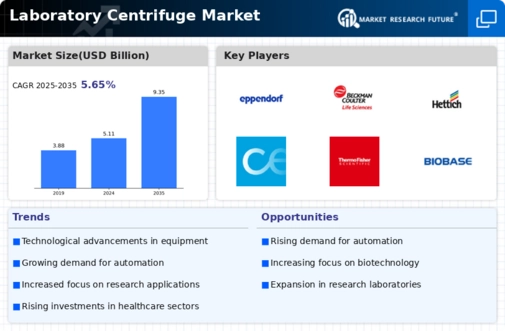
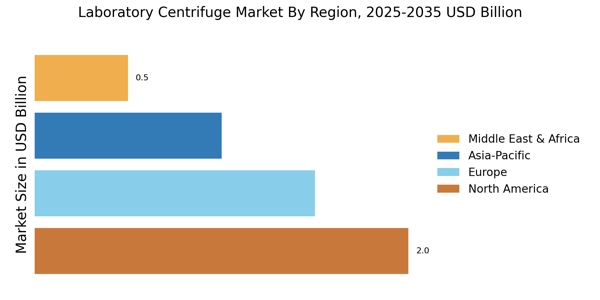
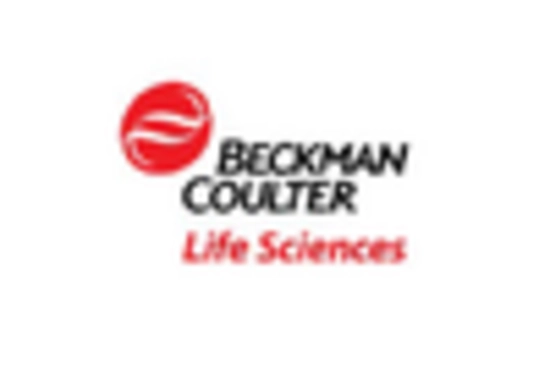
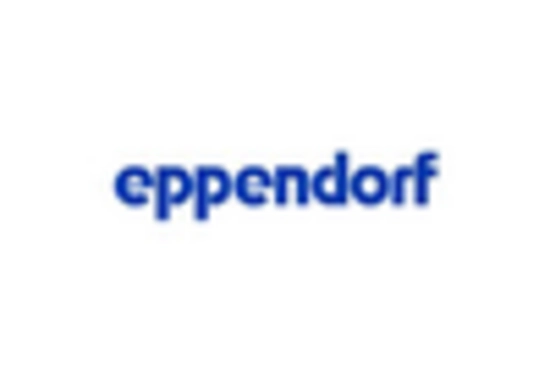
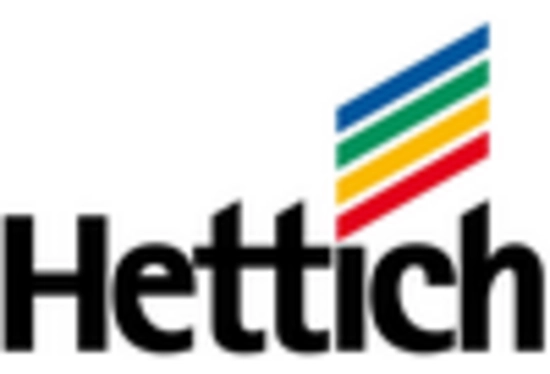


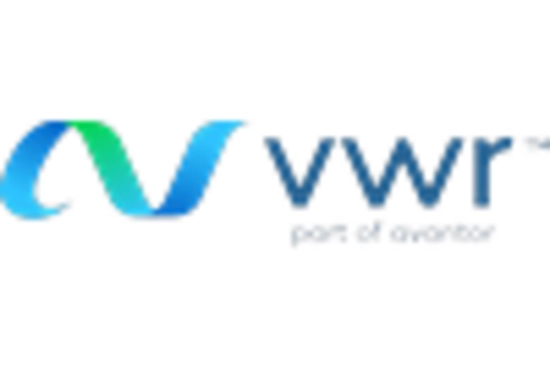








Leave a Comment